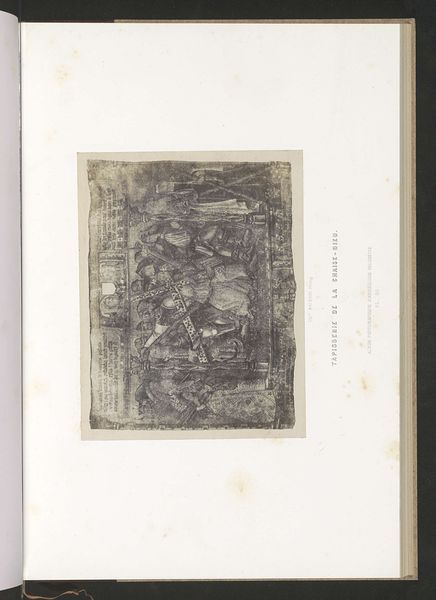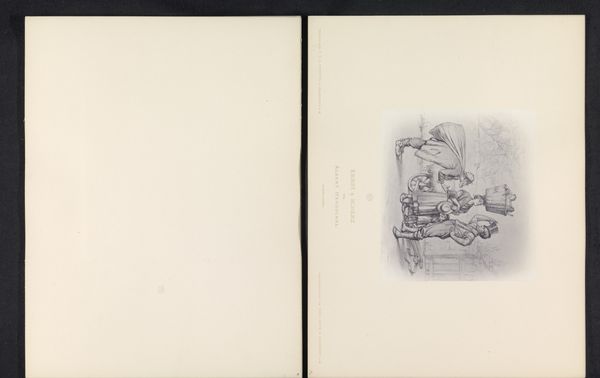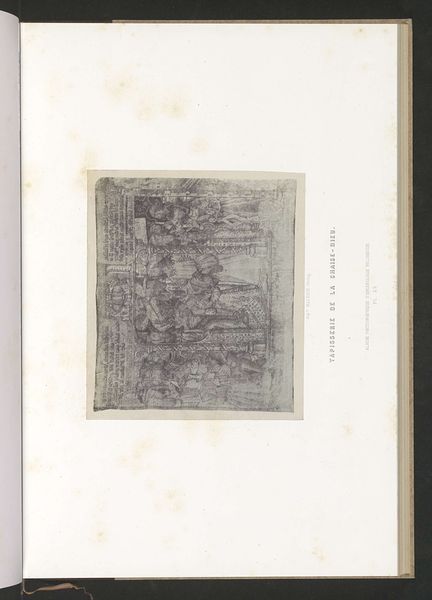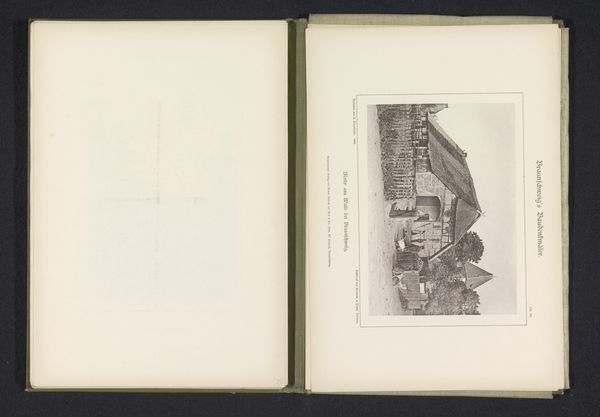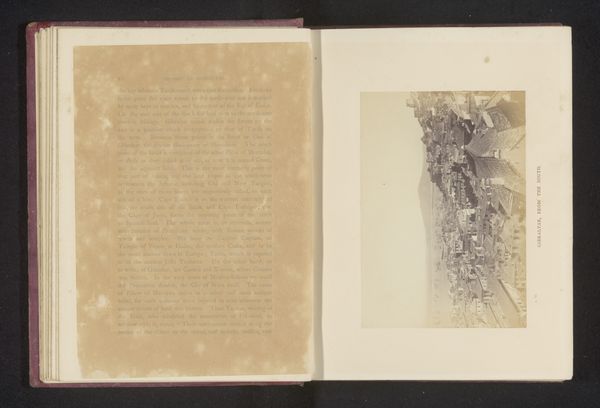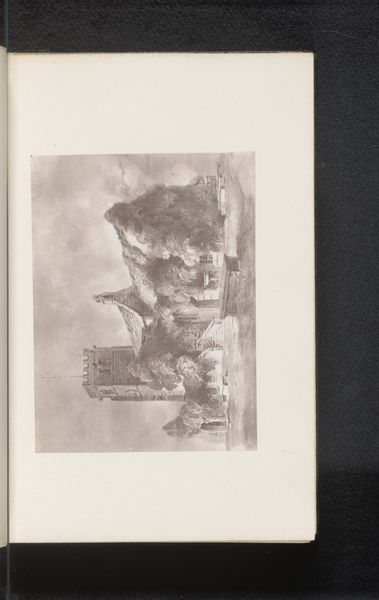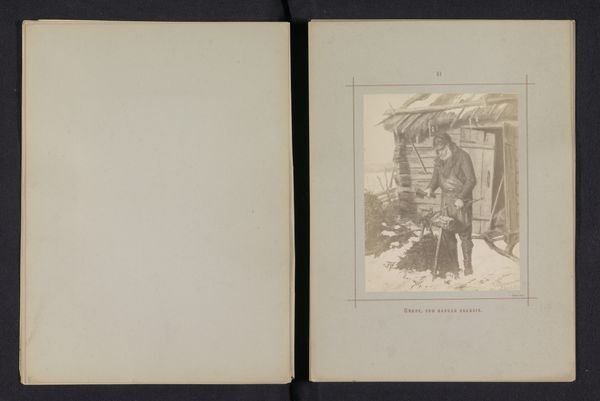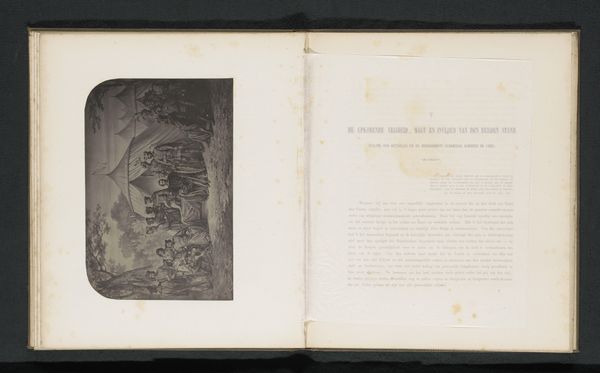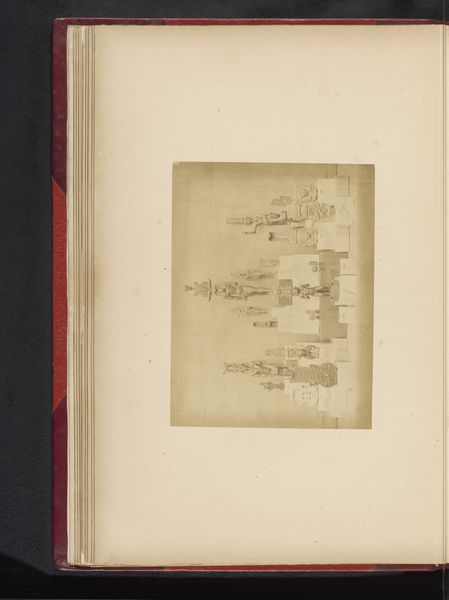
drawing, ink, pencil
#
drawing
#
quirky sketch
#
narrative-art
#
pen sketch
#
pencil sketch
#
sketch book
#
figuration
#
personal sketchbook
#
ink
#
child
#
pen-ink sketch
#
pencil
#
pen and pencil
#
pen work
#
sketchbook drawing
#
genre-painting
#
sketchbook art
Dimensions: height 171 mm, width 207 mm
Copyright: Rijks Museum: Open Domain
This photogravure reproduces a drawing by Theodor Huth depicting children playing outdoors. The children’s game is shown as a microcosm of humanity. They are intertwined, tangled in the chaos of youthful abandon, a motif that finds echoes in the classical depictions of putti or even the wrestling matches of ancient Greece. Consider how the imagery of children at play evolves through art history. In earlier Renaissance works, children often symbolized innocence or religious purity. Here, the children evoke a raw, unrestrained energy, a visual representation of the life force itself. The entanglement of bodies, the suggestion of falling and climbing, echoes the cyclical nature of existence. This image resonates on a deep, subconscious level because it taps into our collective memories of childhood. The primal joy and occasional struggle of play are universal experiences that are emotionally and psychologically potent. We are reminded of the cyclical progression of life and how symbols can resurface, evolve, and take on new meanings.
Comments
No comments
Be the first to comment and join the conversation on the ultimate creative platform.

